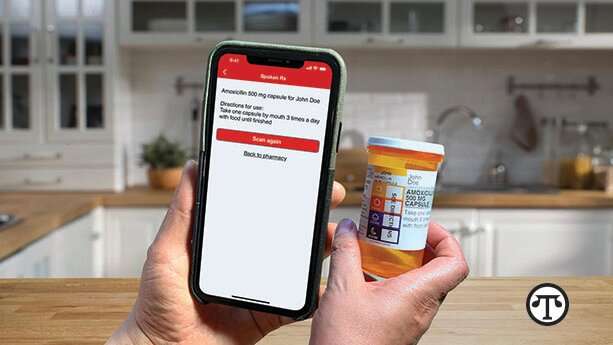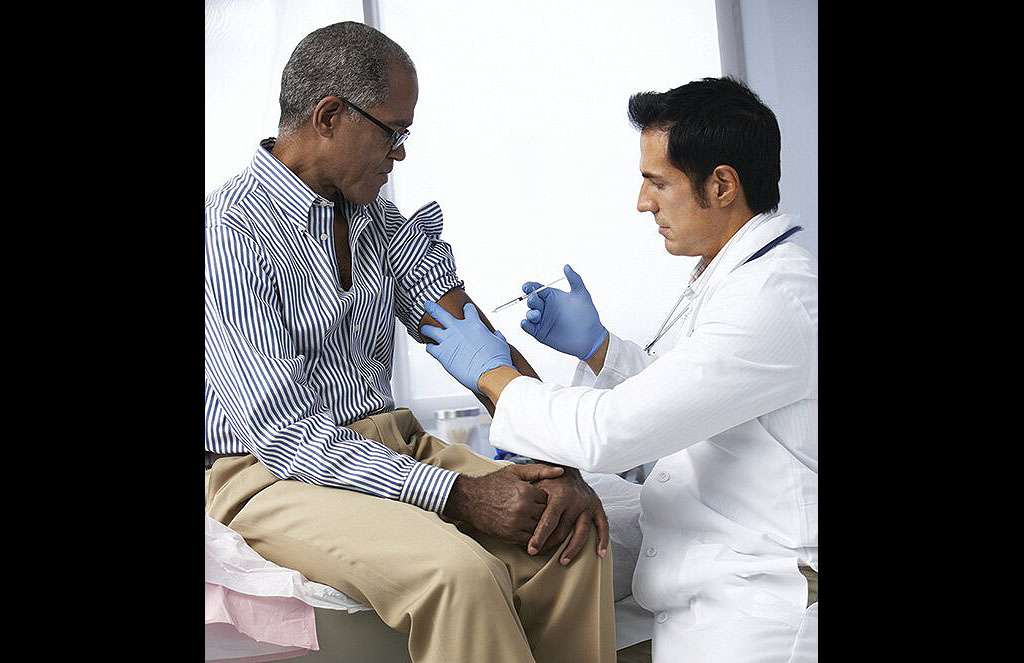FOR YOUR HEALTH: Health Tips for Adults
 Consuming healthy foods, beverages, and snacks, and getting regular physical activity may help you reach and maintain a healthy body weight. Making suitable lifestyle choices may also help men and women prevent some health problems.
Consuming healthy foods, beverages, and snacks, and getting regular physical activity may help you reach and maintain a healthy body weight. Making suitable lifestyle choices may also help men and women prevent some health problems.
Setting healthy eating and physical activity goals may help you improve your health.
Here’s a quick overview of some ways to eat better and be more active.
Choose whole grains more often. Try whole-wheat breads and pastas, oatmeal, or brown rice.
Select a mix of colorful vegetables. Vegetables of different colors provide a variety of nutrients. Try collards, kale, spinach, squash, sweet potatoes, and tomatoes.
At restaurants, eat only half of your meal and take the rest home.
Walk in parks, around a track, or in your neighborhood with your family or friends.
Make getting physical activity a priority.
Try to do at least 150 minutes a week of moderate-intensity aerobic activity, like biking or brisk walking.
If your time is limited, work in small amounts of activity throughout your day.
Learn more ways to move more and eat better—for yourself and your family!
Healthy Weight
If it is tough to manage your weight, you are certainly not alone in today’s world. In fact, more than 39 percent of American adults have obesity. Excess weight may lead to heart disease, type 2 diabetes, kidney disease, and other chronic health problems. Setting goals to improve your health may help you lower the chances of developing weight-related health problems.
How can you tell if you are at a healthy weight?
Your body mass index (BMI) can help you determine if you are at a healthy weight, overweight, or have obesity. BMI is a measure based on your weight in relation to your height. You can use an online tool to calculate your BMI NIH external link. A BMI of 18.5 to 24.9 is in the healthy range. A person with a BMI of 25 to 29.9 is considered overweight. Someone with a BMI of 30 or greater is considered to have obesity.
Another important measure is your waist size. Women with a waist size of more than 35 inches, and men with a waist size of more than 40 inches, may be more likely to develop health problems. Men are more likely than women to carry extra weight around their abdomen, or belly. Extra fat, especially in the abdomen, may put people at risk for certain health problems, even if they are not overweight.


 Ah, coffee. Whether you’re cradling a travel mug on your way to work or dashing out after spin class to refuel with a skinny latte, it’s hard to imagine a day without it. The caffeine perks you up, and there’s something incredibly soothing about sipping a steaming cup of joe. But is drinking coffee good for you?
Ah, coffee. Whether you’re cradling a travel mug on your way to work or dashing out after spin class to refuel with a skinny latte, it’s hard to imagine a day without it. The caffeine perks you up, and there’s something incredibly soothing about sipping a steaming cup of joe. But is drinking coffee good for you? Show your liver a little love: Learn whether you have fatty liver disease by taking an online quiz.
Show your liver a little love: Learn whether you have fatty liver disease by taking an online quiz.
 Don’t kiss off your lips. Protect them from damage and neglect.
Don’t kiss off your lips. Protect them from damage and neglect.
 No matter what your age, schedule or dental condition, it’s important to floss your teeth.
No matter what your age, schedule or dental condition, it’s important to floss your teeth.


